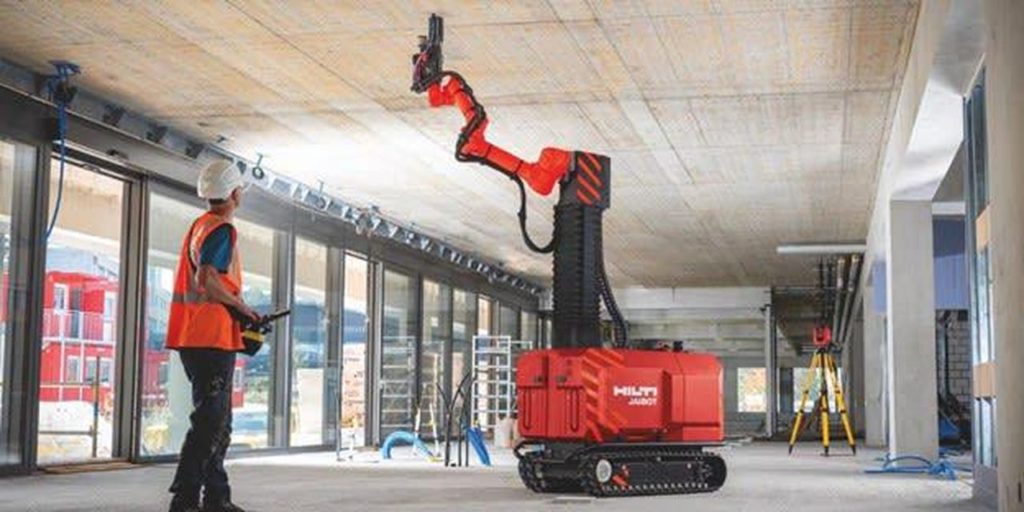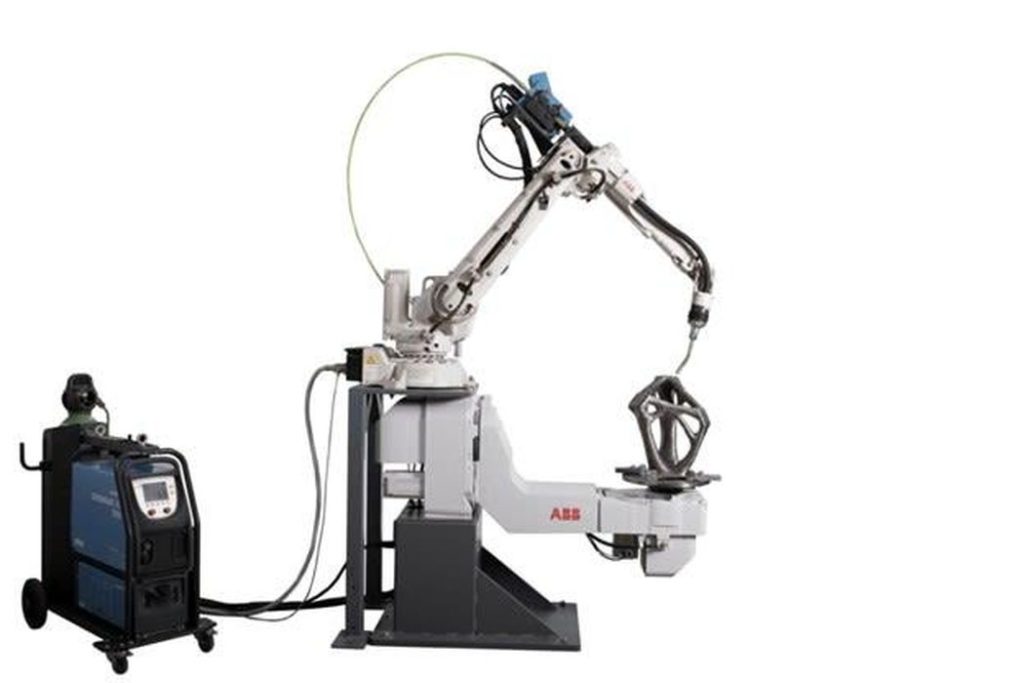
Robots can pick up on BIM precision and you don’t have to worry about their safety.
Building information modeling (BIM) is one of the most disruptive technologies to reach the construction industry. In the U.S., 93 percent of BIM adopters say the technology has brought value to their operations, and most agree they haven’t unlocked its full potential yet. The robotization of BIM can help with that.
BIM has plenty of value by itself but can offer more than what its users currently experience. Combining robotics with these services can take all of BIM’s benefits and push them further. As robots become more common in the construction industry, they could revolutionize BIM workflows.
How Robots and BIM Work Together
Despite BIM’s tremendous benefits, some teams may find that it falls short of their expectations. This issue is mainly that imperfect communication and implementation can stand in the way of these services. No matter how advanced a piece of technology is, its effectiveness depends on how users implement it.
A BIM model may be accurate down to the centimeter, but it relies on humans to carry out its design. Humans can still make mistakes, leading to project disruptions and delays. Workers might misunderstand instructions, become distracted, rush when they should take their time, or otherwise imperfectly execute even the most detailed plan.
Robots, on the other hand, can match BIM’s precision. These machines rely on data like that of a BIM model to work, so they don’t have the capacity to go off-plan. They provide a consistent level of speed and quality since the only force guiding them is BIM data.
The robotization of BIM can also work in the reverse direction. Robots generate data as they work, which can inform improved BIM models in the future. As automated tools gather data, they update BIM digital twins, thereby increasing worksite visibility and helping stakeholders to stay on the same page.
Preventing Delays
The agency and freedom of humans are helpful in many tasks but not for precise, instruction-based work. Robots are entirely data driven, so they have opposite strengths and weaknesses when compared to people. Though robots may not be suited for creative thinking, if they have precise instructions, they’ll create precise work, which prevents delays.
The robotization of BIM enables teams to create structures exactly as laid out by a BIM model. This precision reduces mistakes that, in turn, reduces rework. Since rework can account for 30 percent of total construction work, using BIM-guided robots leads to shorter completion times.
As these robots take care of repetitive tasks, human workers could handle other, more nuanced work. With each party focusing on what they do best, productivity could rise even more. Large projects typically take 20 percent longer to complete than scheduled, so these benefits are hard to ignore.
Minimizing Waste

The precision of BIM-guided robots also helps construction companies minimize waste. Robots can complete structures within fractions of a centimeter of BIM designs and provide this accuracy repeatedly. This consistent level of precision lets construction firms build with only as much material as necessary.
Even the most precise human worker can overestimate how much material they’ll need. The savings that construction companies can experience using BIM may be minuscule in each instance, but they’ll accumulate over time. By preventing rework, these robots could reduce waste even further.
Read more at ENGINEERING.com
